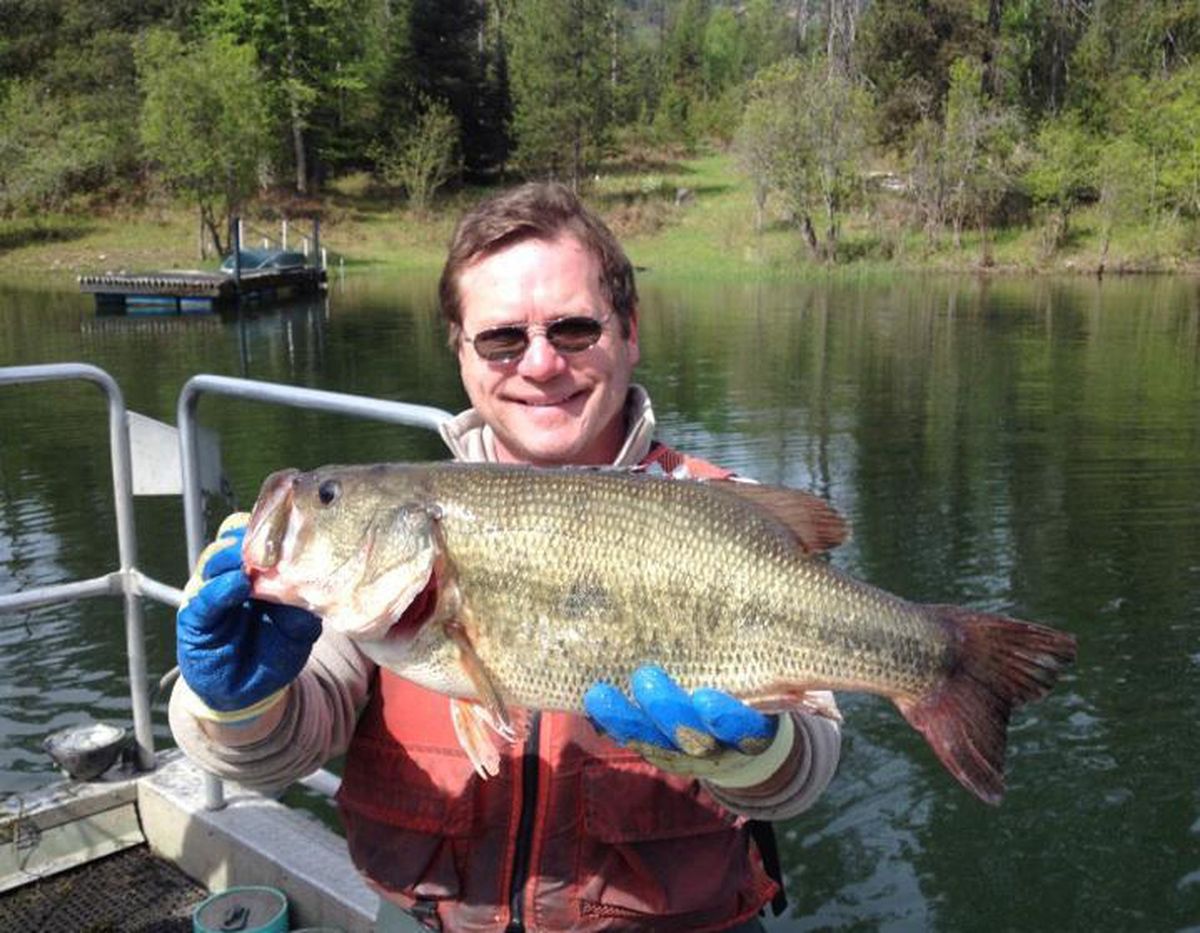Pike suppression preserves sport fishing on Pend Oreille River

Reports that fishing is dead in the Pend Oreille River are greatly exaggerated.
Despite the recent assault on northern pike, the toothy predators are still there in low numbers, and probably always will be.
And if you haven’t caught a large bass in the river, it may have something to do with a lack of trying rather than a lack of fish.
Pike and bass fishermen alike are complaining about the pike management on the Box Canyon Reservoir section of the river downstream from Newport. Grousing is a skill most anglers have honed sharper than their hooks. When you’re that accomplished, you have to use it or risk losing it.
Let’s look at the facts.
Gillnets have been used to kill and remove about 16,000 northern pike over the past three years to reduce the population of the non-native species concentrated in Box Canyon.
Fish managers want to do everything within reason to mute the infiltration of pike stemming from illegal introductions in Montana. The goal is to keep pike from getting a foothold downstream where they could impact efforts to restore native Columbia River salmon stocks.
British Columbia started experimenting with pike netting this year as the next stage of the effort.
Fisheries biologists with the Kalispel Tribe and Washington Department of Fish and Wildlife say they have reached their goals in suppressing the pike.
Now it’s a matter of deciding on ways to maintain the pike at lower numbers.
But even the thinned out version of the Pend Oreille pike fishery offers some action.
In the annual Pikepalooza derby held at the end of May – after nearly a month of gillnetting – 19 of the 150 entrants caught a total of 60 pike.
Jed Cupp had the top rod, earning a $1,000 prize for catching 12, the highest number of any entrant. He also won the $350 prize for the smallest pike, a 15-incher.
The biggest pike in the derby – a 21-pounder – netted a $900 prize for Colton Hansen of Cusick.
Most of the pike were caught in the northern half of Box Canyon, Kalispel Tribe fisheries officials said.
But complaints are still circulating by anglers who loved the boom years of pike fishing and pooh-pooh biologists who say pike were in the classic progression of overpopulating and stunting.
Some anglers suggest the fish managers killed a high percentage of the bass and other sport fish in the nets that were targeting pike.
Indeed, some bass were killed.
Records show that in killing 16,000 northern pike over three years, the gillnets also killed 94 largemouth bass and 38 smallmouth bass.
More bass were caught in nets, but because the nets were set overnight and tended in the morning, 90 percent of the non-pike “bycatch” was released alive, said Marc Divens, WDFW warmwater fisheries biologist.
Hashing out the numbers from the pike suppression summary reports (available on WDFW website on the Invasive Species page under northern pike), the netting has brightened the prospects for bass anglers.
In their boom years of 2007-2011, northern pike were taking a big chomp out of the populations of other fish species, according to population surveys.
“It will take some time for these populations to rebound,” Divens said.
He agrees that bass numbers are down from the pre-pike boom years, and that some bass were killed by the gillnets, but he hastens to put the program in perspective:
“How many of these fish would have been eaten by pike in the same period of time without the netting?”
The nets were set in places to target pike and the numbers of pike caught declined as their population was suppressed.
But the number of bass caught in the nets as bycatch remained steady through the three years, indicating their populations were stable.
“The number of sport fish killed by the nets was insignificant compared to what pike were eating,” Divens said.
The total bycatch for all species, including perch, suckers and so on, was 37,046 fish over the course of three years netting.
Divens can use a figure that specific because the totals were taken seriously during the netting. “We recorded every fish by species in every net set,” he said.
Remember, 90 percent of the gillnet bycatch was released alive. That means roughly 3,800 bycatch fish died in three years.
Far more of those fish, which include bass, would have been lost if the pike had not been removed.
A northern pike eats at least one fish a day on average.
Those 16,000 pike would have eaten at least 17 million fish over three years if they had not been removed.
“The 37,046 fish in the by-catch is minimal by comparison,” Divens said.
He pointed out one more observation from net and electroshocking surveys in May: “We found big largemouths bass up to 7 pounds, and abundance of smallmouths and a surprising number of 18-20 inch brown trout.”
They’re waiting to be caught.
Contact Rich Landers at (509) 459-5508 or email richl@spokesman.com.